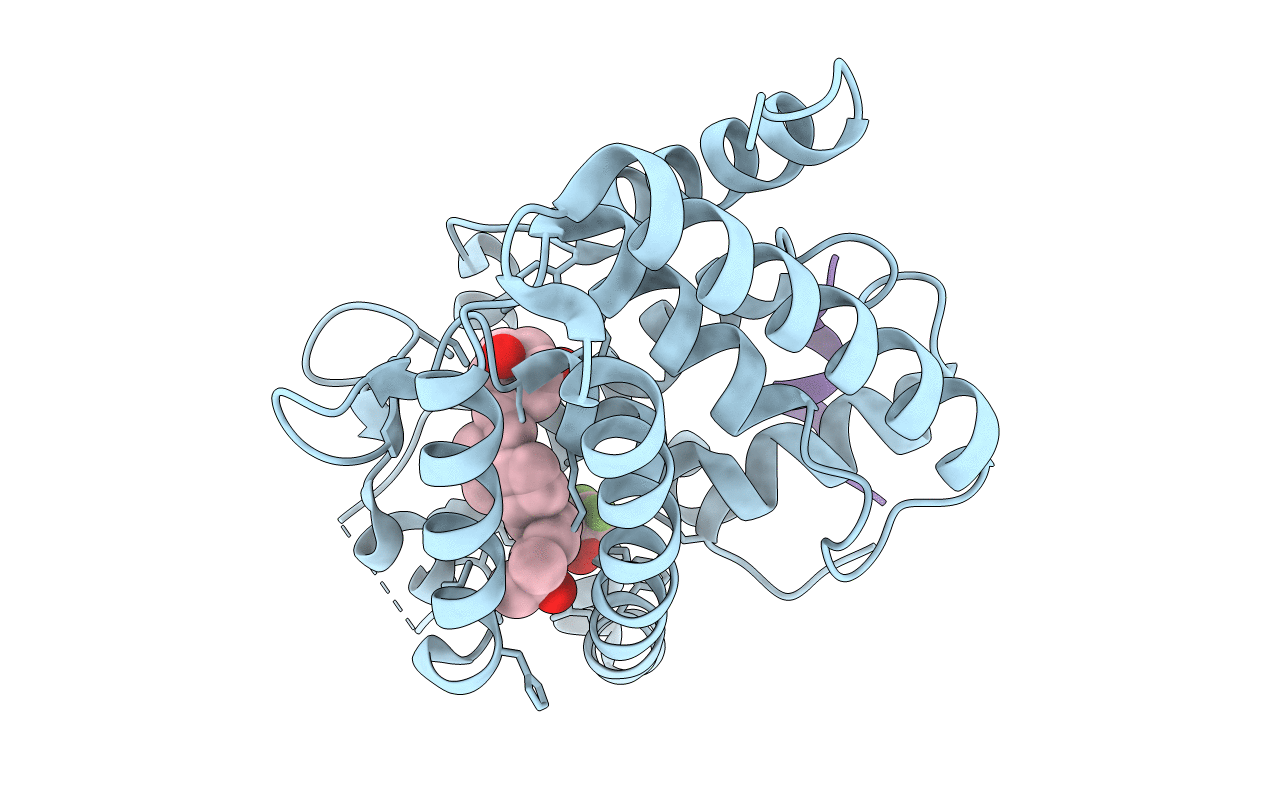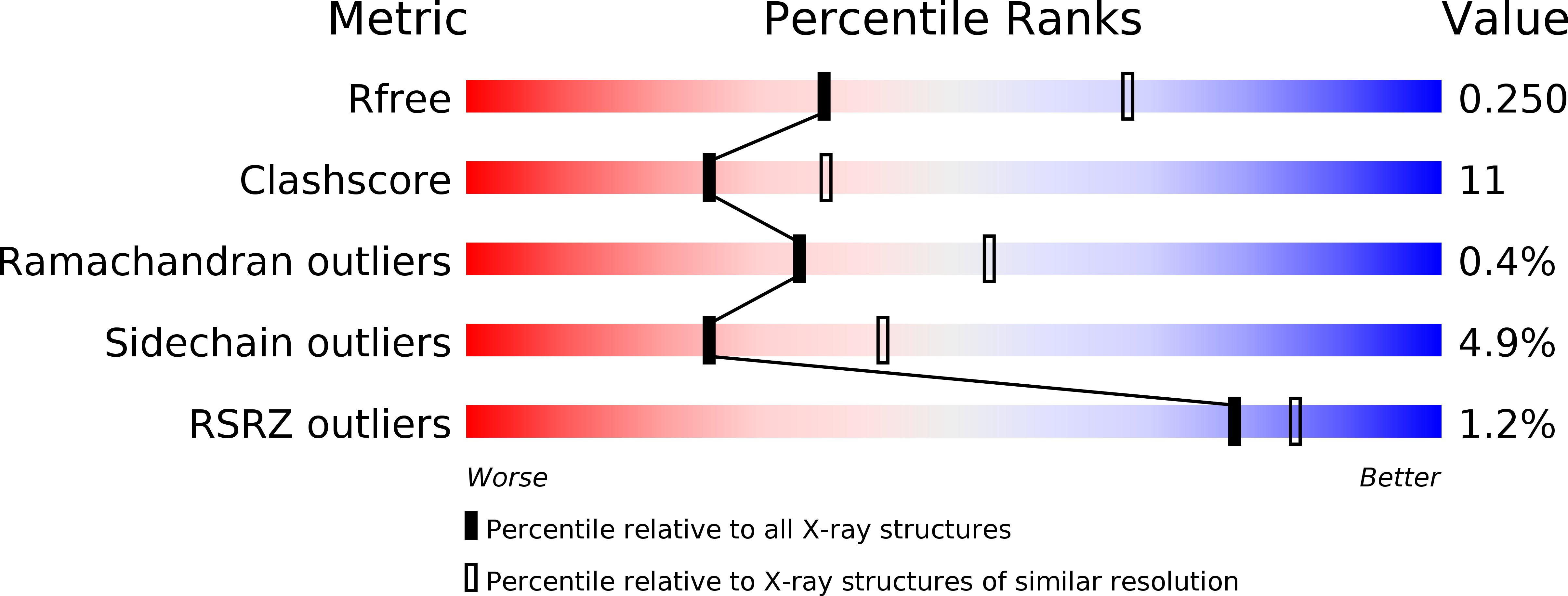
Deposition Date
2014-11-21
Release Date
2015-10-07
Last Version Date
2024-02-28
Entry Detail
PDB ID:
4RUP
Keywords:
Title:
Crystal structure of zVDR L337H mutant-Gemini72 complex
Biological Source:
Source Organism:
Danio rerio (Taxon ID: 7955)
Homo sapiens (Taxon ID: 9606)
Homo sapiens (Taxon ID: 9606)
Host Organism:
Method Details:
Experimental Method:
Resolution:
2.75 Å
R-Value Free:
0.25
R-Value Work:
0.20
R-Value Observed:
0.20
Space Group:
P 65 2 2


